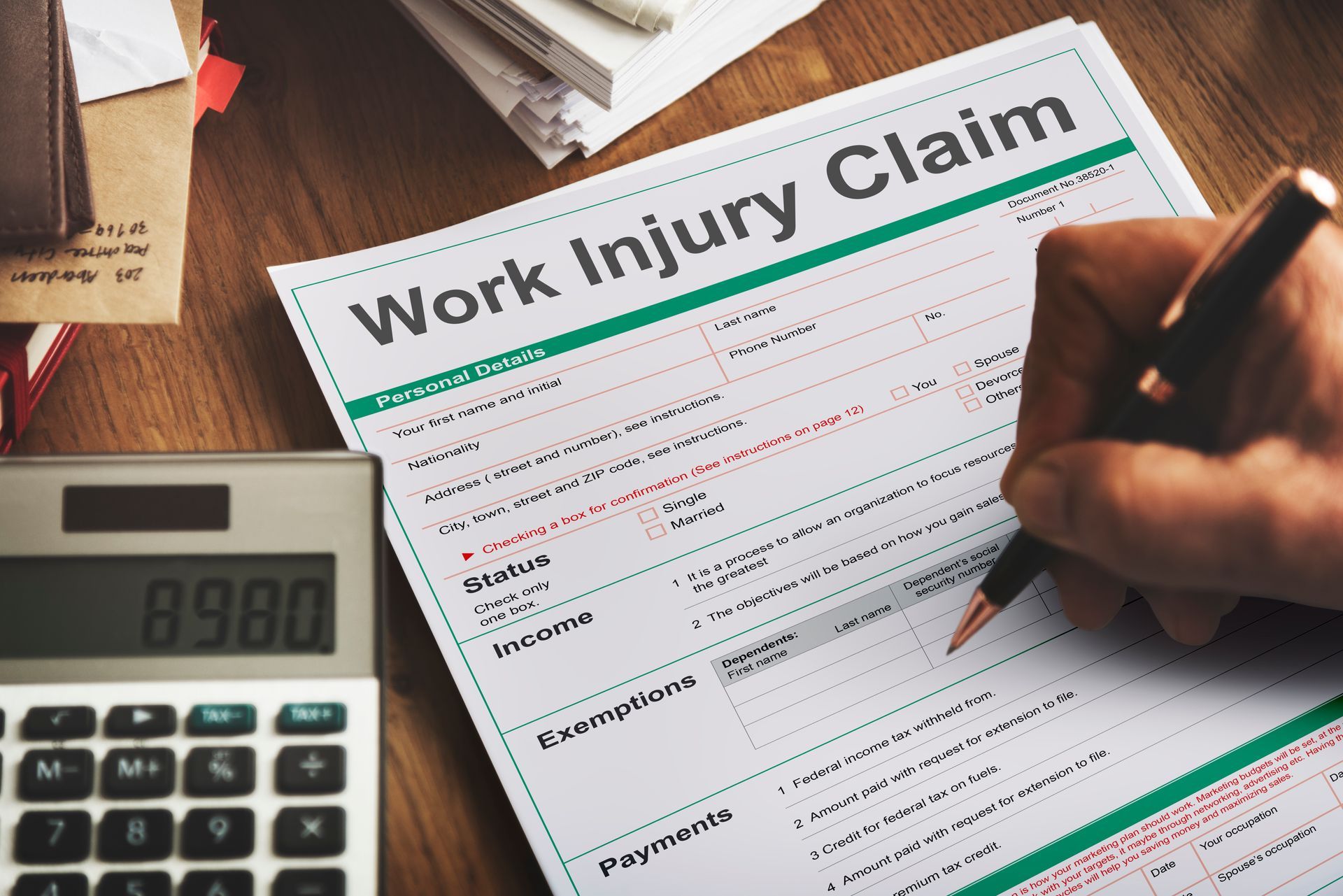Healthy Bones 2023
Osteoporosis is a common condition characterized by weakened bones that are more susceptible to fractures. The condition is prevalent among older individuals, particularly women, due to the natural ageing process and hormonal changes that occur during menopause. While medications and a balanced diet can help manage osteoporosis, exercise is also an effective way to reduce the risk of developing the condition and managing its symptoms.
Exercise is essential in the prevention and management of osteoporosis. It can help increase bone density and strengthen bones, reducing the risk of fractures. Physical activity can also improve balance, posture, and coordination, reducing the risk of falls, which is a common cause of fractures amongst older adults.
Weight-bearing exercises, such as walking, jogging, hiking, dancing and stair climbing, are especially beneficial for bone health. These activities place stress on the bones, stimulating the production of new bone tissue and promoting bone density. Resistance training, such as weightlifting, also helps build and maintain bone strength.
In addition to improving bone health, exercise can also help manage other symptoms associated with osteoporosis. For example, physical activity can improve joint mobility and reduce pain and stiffness associated with osteoarthritis, a condition often coexisting with osteoporosis. Exercise can help improve mood and reduce the risk of depression which is more prevalent in individuals with osteoporosis.
It is essential to consult with an Accredited Exercise Physiologist (AEP) before beginning any exercise program, especially if you have osteoporosis. An AEP can help determine the appropriate type and intensity of exercise for your condition and provide guidance on proper technique and safety measures.
In conclusion, exercise is an effective way to reduce the risk of developing osteoporosis and manage its symptoms. Weight-bearing and resistance exercises can help increase bone density and strength, while physical activity can improve balance, posture, and coordination, reducing the risk of falls. Exercise can also improve joint flexibility, reduce pain and stiffness, and improve mood. Remember to consult with your healthcare provider before starting any exercise program and enjoy the benefits of an active lifestyle.












